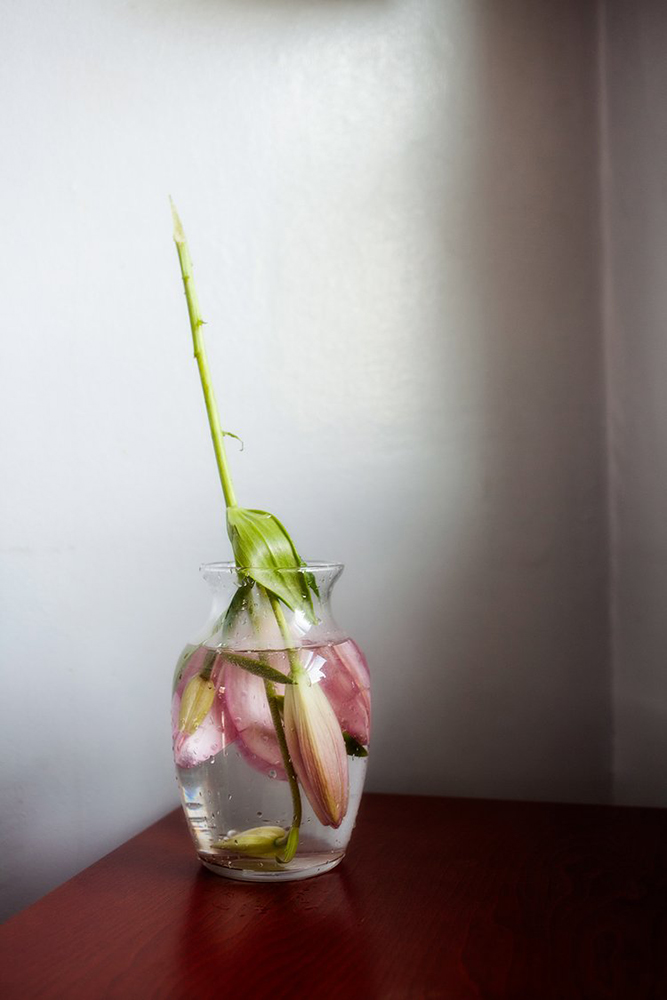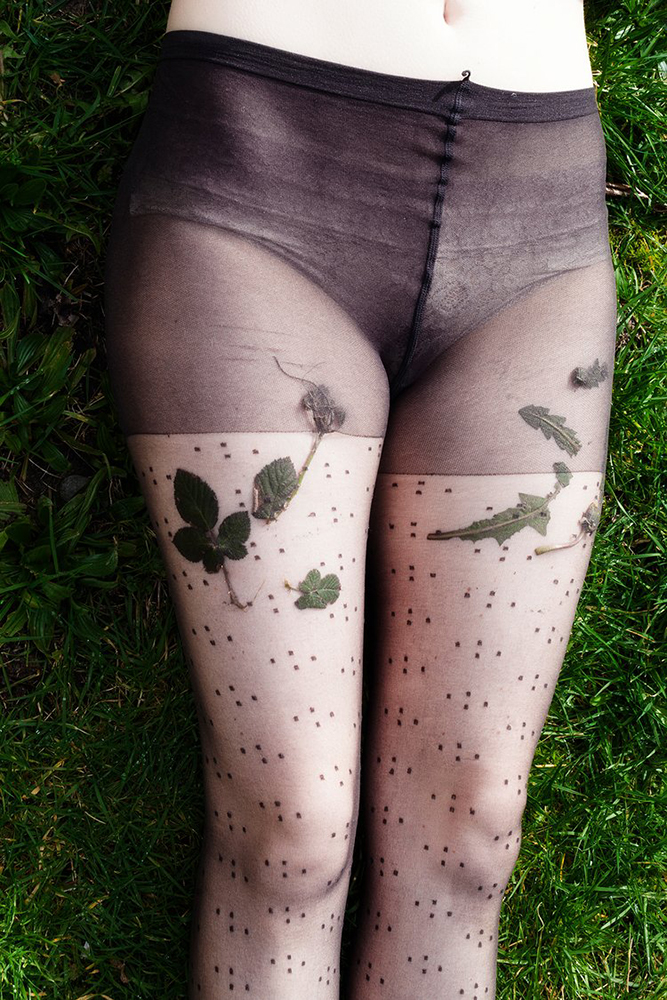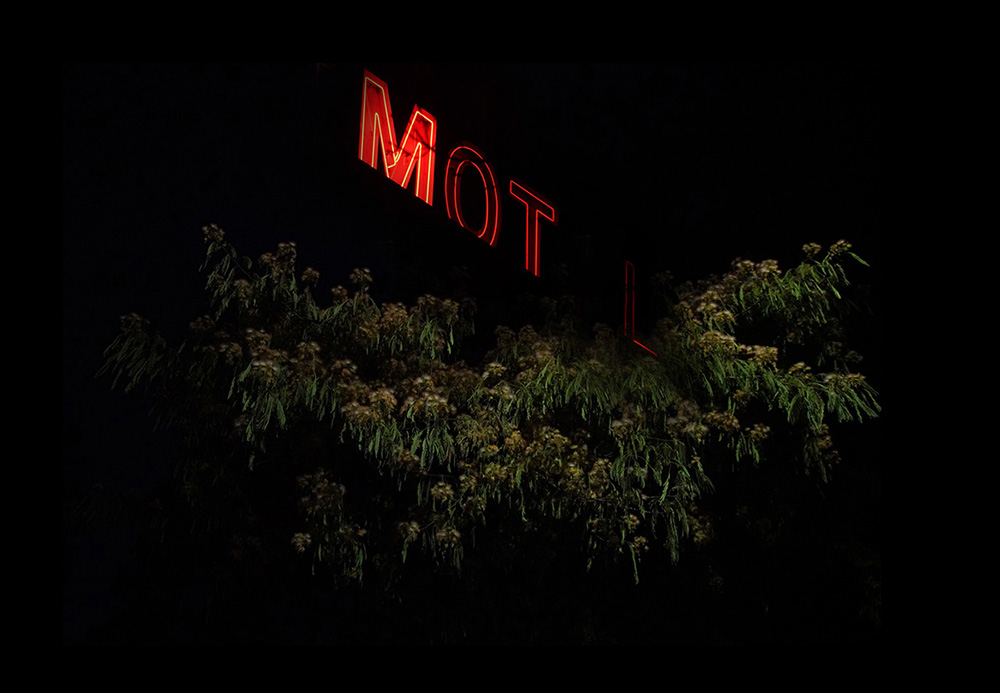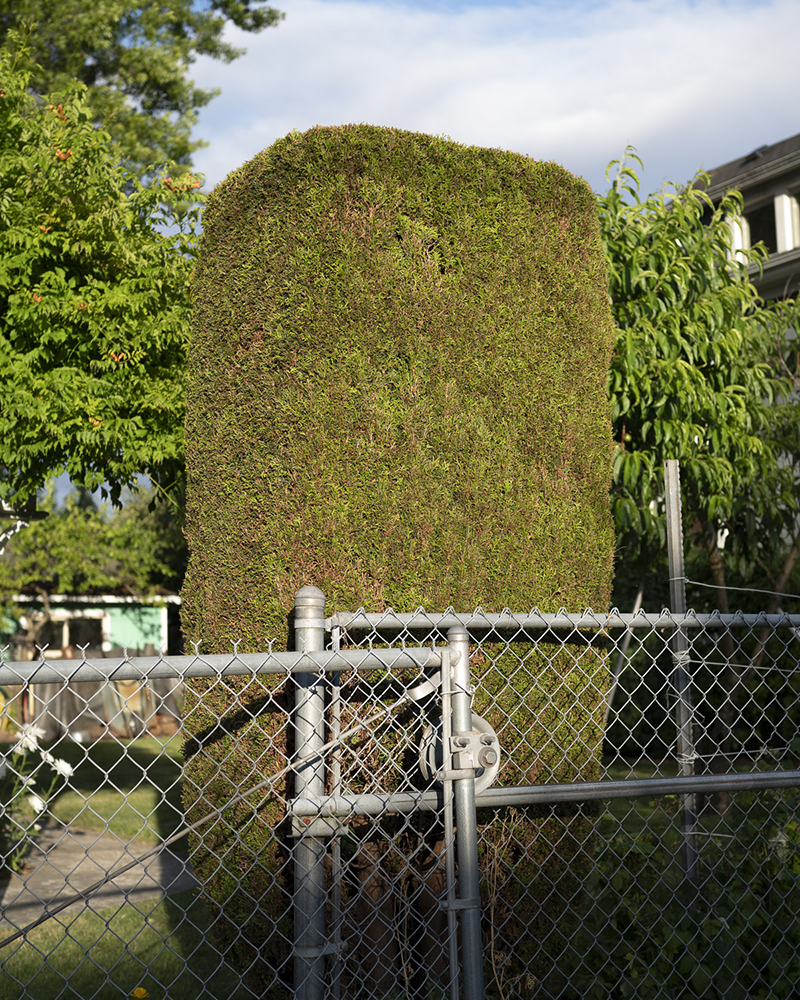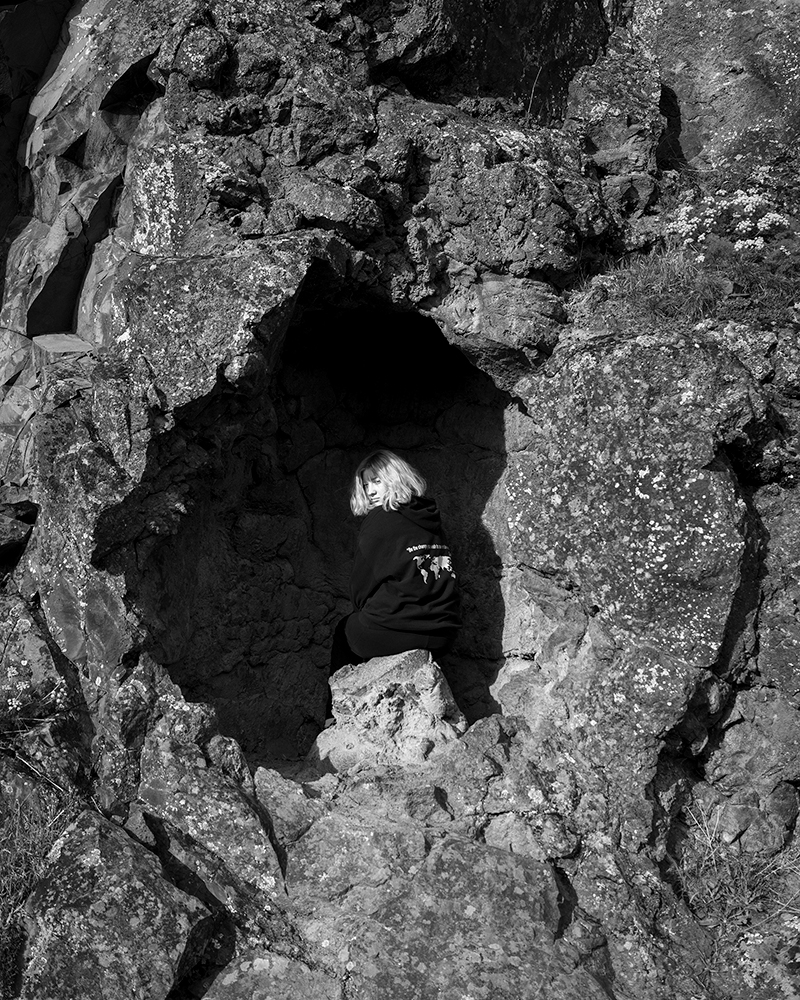Collective Week: Small Talk Collective
In the past few years, the term artist collective has become common, especially in larger cities where hubs of creativity form. At first, I did not know the purpose of a collective – they had been mentioned to me often but I had no idea what a collective was or why one would want to be in a collective. In many ways, I saw art as a solitary activity. Through my research and conversations with these collectives, I have come to learn that art can be a solitary activity, but it doesn’t have to be. When an artist meets with others for the purpose of creating together, that is when creativity truly flourishes.
One of the first collectives I heard of was Small Talk, based in Portland, Oregon. As I am from the Pacific Northwest myself, I had heard about Small Talk before I even knew what a collective was. Due to their presence in the Portland Art Scene and their involvement with creating pop-up projection exhibits such as Light Conversations, Small Talk has become a household name in the PNW.
Small Talk is a small artist collective but together these four women have created a space for art to thrive. In just the few years Small Talk has existed, they have made a name for themselves and found constructive ways to encourage artmaking in their beloved city. In their personal practices, these women exuberate light and life through their work. Images of simple moments become spaces of intrigue as the viewer contemplates the events leading up to the moment the shutter is released. Small Talk fosters inspiration both in the work they do for their community as well as the art they create for themselves.
“Collective” is a word that has gained traction amongst creatives as a way to identify themselves as a group. Artist collectives can vary depending on the groups’ goals, leadership, and motives – because of this broad definition, a collective can play a part in many art initiatives. A collective may focus on exhibiting work, or function as an organization that leads workshops and classes. A collective may include artists who want to create art together without the broader goals of exposure. In many ways, an artist collective is simply a group of creatives who wish to work together to achieve their goals – whatever they may be.
Formed in Portland, Oregon in 2015, Small Talk is a photography collective of four women: Audra Osborne, Jennifer Timmer Trail, Kristy Hruska, and Marico Fayre. Together, we explore the nature of what it means to be visual storytellers, pool resources, provide support and critique to one another, and facilitate community events and discussions. We engage in the best kind of “small talk,” that which binds us together both as a collective, and within a larger community of artists, fostering stronger work and collaboration. Since our inception, we have produced two publications and five exhibitions featuring projects we have created as a collective. We have been the recipients of multiple grants, spoken at the Portland Art Museum, and are featured on many online photography platforms.
In early 2020, Small Talk opened the gallery and project space, Strange Paradise, located inside the Oregon Center for Contemporary Art. We had had the privilege of curating and hosting 10 exhibitions featuring over 50 photographers encompassing largely women, LGBTQIA+, and BIPOC artists. Highlights included a benefit exhibition and print sale for reproductive rights, which raised nearly $2000 for the National Network of Abortion Funds, as well as multiple Light Conversation Pop-Up projection events, book and zine launch parties, and many photo-related social gatherings.
Follow Small Talk Collective on Instagram: @smalltalk_collective
Kassandra Eller: The work you are doing is incredible! It is inspiring to see everything you are doing to help make art inclusive to all. I would love to begin by discussing how this collective came to be. What made you decide to start Small Talk and what was the journey like for you?
Small Talk Collective: The initial idea to start a photo collective happened in 2015 as Kristy was preparing to leave her position as the Photo Education Director at Newspace Center for Photography. She was concerned about the loss of connection to the photo community that she had fostered there and wanted to recreate it somehow. She reached out to each of us about starting a critique group, and we all were on board! It was exactly what many of us were also looking for—a group of women to inspire the creation of new work through encouragement and accountability.
We were amazed at how compatible we were from the start, both as artists and as friends. We quickly realized that we could be more than just a critique group, and so Small Talk Collective was born. It’s been a great collaborative process of sharing and learning, and we have been able to accomplish some incredible things as a team that we would never have been able to do on our own.
Our first big collaborative project, We’re Always Touching by Underground Wires (2018), was a huge learning process, and a real taste of what we were capable of together. Funded by a generous grant from the Regional Arts & Culture Council, we were able to create a cohesive exhibition of our work and also self-published a beautiful book. It was the first time we were able to experience what it was like to interweave our different voices together, inspire each other, and make something we all felt really proud of. Since then, we’ve continued evolving, creating more group projects (big and small), exhibiting our own work, curating many shows and publications, and hosting community events. It’s always a pleasure and a privilege to work together on these projects!
KE: Each of these images seems to connect quite well together and give off this idea of femininity. When you started Small Talk was there a theme or concept you wanted to encompass through the art you made?
STC: Thank you! We are still surprised how well our work blends together, even though the themes each member explores photographically—and how each of us creates—is very distinctive. Ideas for our group projects begin with a loose prompt. We usually select something that can be interpreted in many different ways so that we don’t stifle any one member’s artistic vision. It is always fun to explore each interpretation on critique night, and always feels a little magical to see how easily the images fit together to create a collective body of work.
KE: You state in your bio that you opened a gallery space in early 2020, which you recently decided to close. What has been the impact of this space on your collective? How has this opportunity helped you grow? What made your collective decide to close the gallery and what are some of the things you learned through this process?
STC: Opening a gallery and project space was the first step in a long-term plan to exhibit the work of collective members while also creating a space for the photographic community to engage in various ways. After opening Strange Paradise, we focused on supporting and lifting up the larger photographic community through events, exhibition opportunities, programming and resources—especially for women, LGBTQ+ and BIPOC artists. Due to the pandemic we had to put a pause on all programming at the beginning, but between February 2021 and June 2023 we exhibited 50 artists over the course of 10 exhibitions. We also shared the work of over 130 artists from all over the world in our annual pop-up projection series, Light Conversation, now in its fourth year. It was such a great opportunity to stretch our curatorial wings—and we’re grateful that we could use our space to uplift the work of other historically underrepresented artists.
While we loved the work we were doing and plan to continue it through established annual programs, running a gallery left us very little time and few resources to invest in our own individual art practices. Sharing our individual and collective work with our community is the foundation of our collective—and, now that the administrative tasks of running a gallery are no longer on our plates, we are working on reestablishing and evolving that aspect of our process as artists and as a collective.
KE: What words of inspiration do you have for artists interested in starting a collective of their own?
STC: Just go for it! Reach out to friends or other artists in the circles that you admire—you’d be surprised how receptive people are to creating this kind of community. It won’t be perfect at first, but make the time to get to know each other before you get down to business. We were meeting for months before we really became an official collective.
Once you are sure you’ll work well together, put things down in writing. What do each of you want from the group you are creating? Collaboration, critique, shared resources, funds? And don’t forget that artists can be a little scatter-brained—having an agenda for each meeting was instrumental for our growth as a group. Giving everyone the opportunity to touch on something that is a priority for them helps everyone feel included—and makes meetings more productive. Meeting minutes and action-items (with deadlines) are great ideas, too.
KE: What is next for Small Talk? Are there any new ideas or goals you want to implement in the next few years?
STC: Honestly, we are not planning quite that far ahead! Our individual and collective visions have evolved during the pandemic so we’re getting back to our roots and working with a new prompt, Old Futures Gone, for a group project. We were very excited to share a preview of new in-progress work from this project as our final exhibition at Strange Paradise in June. We’ll continue with this prompt for the next few months, meeting for critique nights and helping each other edit and sequence. Eventually we’ll decide where and when to exhibit the final collection and if the work should exist in book form.
Other than that, we try not to put too much pressure on ourselves. We all have busy work and family lives. While we all do prioritize Small Talk, we also acknowledge that to do this work well, we have to have the capacity for it (mentally, emotionally, and financially). So, we let ourselves dream, and then we start planning. We give ourselves grace when plans fall through, and then when we can, we make shit happen! As a collective and as friends, our number one goal is to support each other—whatever that looks like.
Posts on Lenscratch may not be reproduced without the permission of the Lenscratch staff and the photographer.
Recommended
-
Martin Stranka: All My StrangersDecember 14th, 2025
-
Interview with Maja Daniels: Gertrud, Natural Phenomena, and Alternative TimelinesNovember 16th, 2025
-
MG Vander Elst: SilencesOctober 21st, 2025
-
Photography Educator: Josh BirnbaumOctober 10th, 2025
-
Aiko Wakao Austin: What we inheritOctober 9th, 2025

